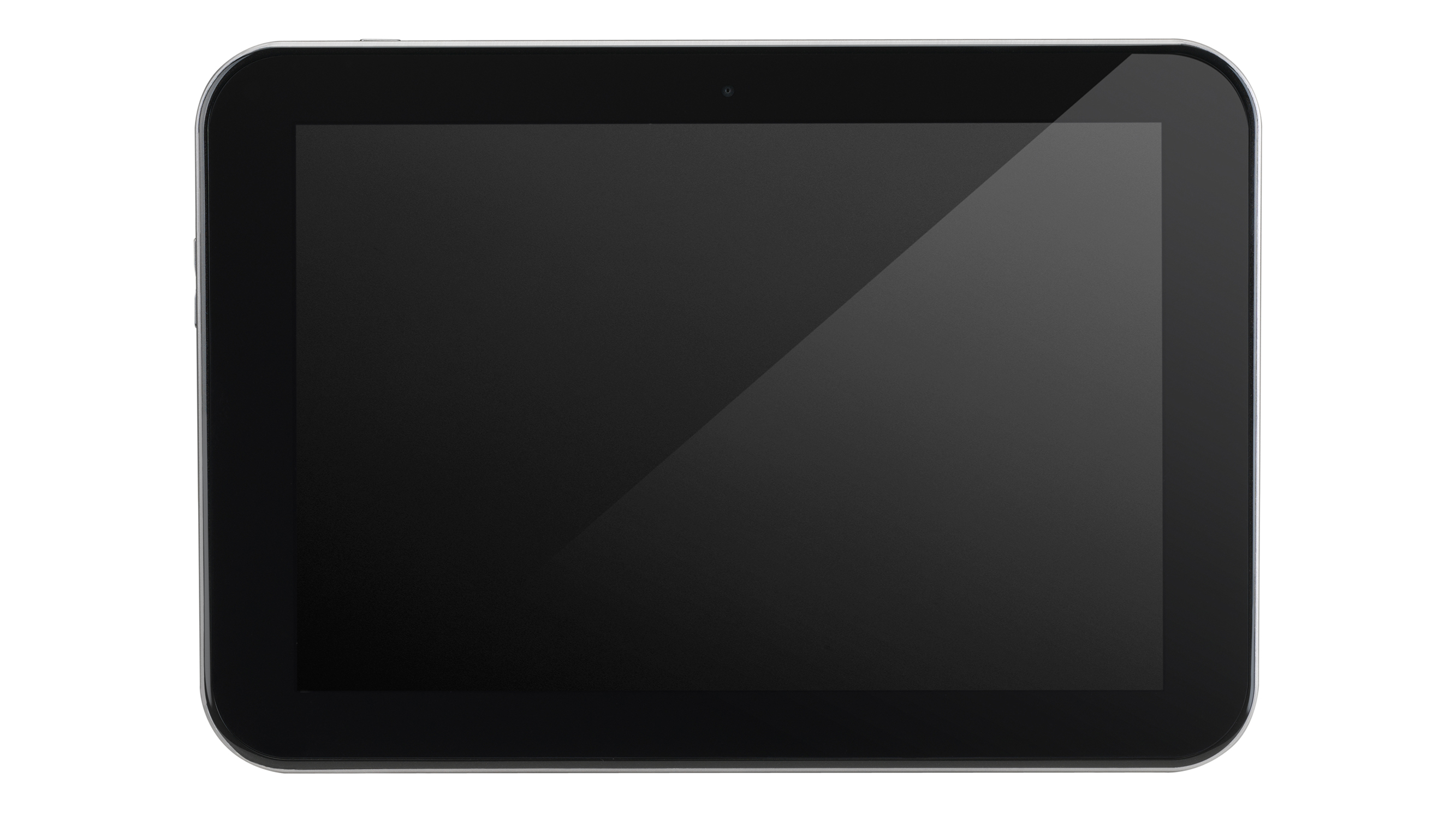Why you can trust TechRadar
A reliable and dependable budget tablet that lacks wow factor, we'd judge the Toshiba AT300SE as ripe for both browsing and book reading, which could make it a good option for students. Just don't expect high-def.
We liked
The arrival on the Toshiba AT300SE of the Android 4.1 Jelly Bean OS is welcome, and since this incarnation of Toshiba's flagship tablet is cheaper than the Toshiba AT300, it's good to see the 16GB storage capacity remain.
So too the microSD card slot, though it's another connection - micro USB - that's the clincher. Replacing a rather large and fiddly proprietary dock connector on the Toshiba AT300, using a commonly found micro USB cable will instantly make the Toshiba AT300SE more appealing to frequent travellers and, frankly, to everyone else too.
There are no corners cut on the battery, which is an improvement on the Toshiba AT300 and now reaches beyond 10 hours, while the LCD display is virtually as good as the LED-backlit version found on the Toshiba AT300.
Browsing is speedy thanks to a decent quad-core processor, and sound quality is impressive, too, helping make this a tablet that fulfils all the basics rather well - and, crucially, at an acceptably low price.
We disliked
The Toshiba AT300SE is not a great tablet for video. Its relatively low resolution 1280 x 800 pixel display hosts soft, grainy video that lacks contrast, and there's really little to tell between standard and high-definition material. It lacks an HDMI output for porting videos to a TV, and there's no standard SD card slot, either.
That all makes the Toshiba AT300SE a poor choice for photographers, especially since the rear and front cameras - which manage just 3MP and 1.2MP respectively - are a disappointing step-down from the Toshiba AT300.
Sign up for breaking news, reviews, opinion, top tech deals, and more.
Bulkier than the Toshiba AT300 and not as well built, the Toshiba AT300SE's built-in speakers are poor. However, the most worrying aspect for the Toshiba AT300SE is its touchscreen, which just isn't as sensitive as those on rival devices.
Add to that the fact the interface isn't as speedy as it could be, and you can see that there are better options out there.
Final verdict
There's little to get excited about on this 'special edition' tablet, but before you write off the Toshiba AT300SE consider just what Toshiba was trying to achieve here. A brand that's all about price and value, here it's taken the original Toshiba AT300 and knocked off a few features - arguably the very features that go unused by many - to reach a lower price.
If you're not into photography from a tablet (who is?), don't need to watch hi-def video and will rely mainly on headphones for sound, the Toshiba AT300SE makes for a perfectly respectable product for web surfing and gaming.
However, before tablet users are willing to put up with some of the drawbacks of this lower-spec product a £50/US80-or-so price-cut might be in order - principally to get it below the price of the Samsung Galaxy Tab 2.
For our money it's an improvement on the Toshiba AT300 version in some ways, which despite having higher-spec cameras, design, better video performance and audio, was perhaps too middle of the road to justify its higher price.
The SE is cheaper than the likes of the Nexus 10, but doesn't really justify stripping off so many features to accommodate a £20-off price tag.
If you're after a basic tablet with the latest Android 4.1 Jelly Bean OS to play host primarily to browse the web and don't want to go near the almost-phone-sized seven-inch tablet market, the Toshiba AT300SE could be the one for you.

Jamie is a freelance tech, travel and space journalist based in the UK. He’s been writing regularly for Techradar since it was launched in 2008 and also writes regularly for Forbes, The Telegraph, the South China Morning Post, Sky & Telescope and the Sky At Night magazine as well as other Future titles T3, Digital Camera World, All About Space and Space.com. He also edits two of his own websites, TravGear.com and WhenIsTheNextEclipse.com that reflect his obsession with travel gear and solar eclipse travel. He is the author of A Stargazing Program For Beginners (Springer, 2015),
